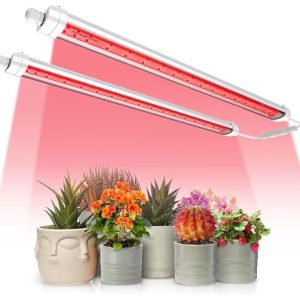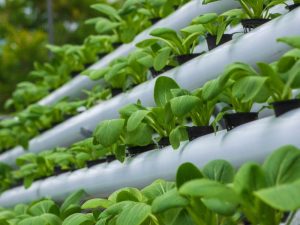Last Updated on August 16, 2021 by teamobn
Human activity is overwhelming the world’s plants, causing an alarming number of extinctions, according to a number of scientific surveys. This is certainly what is happening in Australia, where experts claim some 1,308 native plants are teetering on the edge of extinction. Of these, 370 are critically endangered or endangered at a state level.
The good news is that you can do something about it. In recent years, a dramatic transformation has occurred in the landscaping tastes of many homeowners. Rather than tending to highly formal, perfectly manicured lawns and shrubs of a bygone era, there is now an inclination toward a more naturalistic approach. Native plants are gradually earning space in backyard gardens everywhere. They might have a place in yours, too.
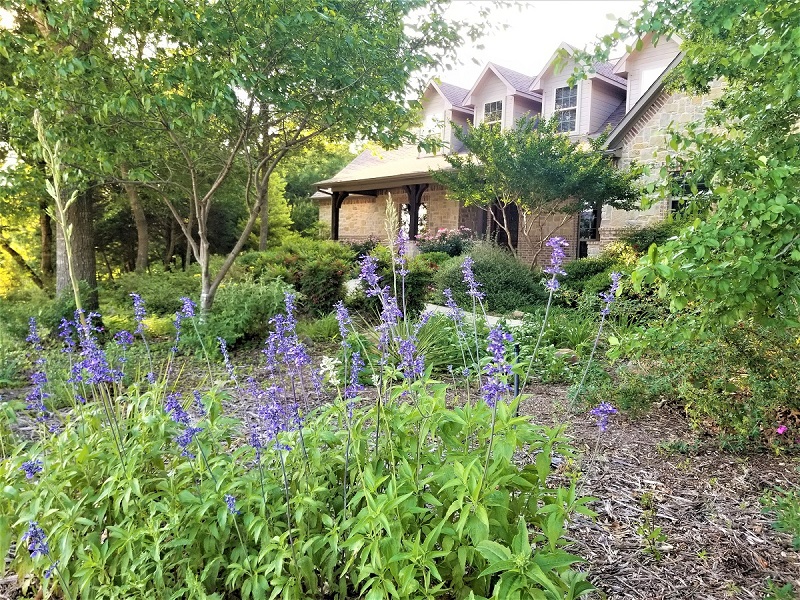
(Photo: Kelly Doyle/Pexels)
Going Native
Contents
Some experts say many of the reasons for the change stem from the influences of the ’60s and ’70s. The basic premise behind the new movement is simple. Customarily, landscape architecture and gardening have been concerned with esthetics and human usage, rather than the creation of natural habitats. While traditional design concepts retain their validity when you grow a native garden, their overriding objective is the creation of ecological communities.
So where would native plants fit in your garden, which may not be that big and is probably not very wild-looking? How exactly should you fit them into your garden’s design? Perhaps even more pressing, how do you find plants that are native to your particular location, with the highest value to beneficial wildlife?
Below are a few pointers on growing native plants in your garden.
1. Do the research.
Procuring trees, shrubs, wildflowers, and grasses that are native to a location is more difficult than buying whatever happens to be at the local garden center. While the nursery tag may say “native,” the species could actually come from a completely different landscape. Plants don’t observe political boundaries, but rather habitats like forests, meadows, and coastal plants with particular soils, light, and moisture conditions.
State extension services and native-plant societies can point you toward reliable local referral sources. You will probably have to do some research, some scouring online, but the rewards will be enormous. The endeavor may become not only a worthwhile hobby but stewardship that establishes a bond between you and the land. Birds and other animals will be encouraged to join your little backyard community.
In time, your garden can contribute significantly to the growing resurgence of the natural world.

2. Create the space.
Creating garden patches of native plants with seasonal interest, from spring through winter, requires careful planning. Native plants flourish in their natural environment. In many residential settings, that environment is occupied by a lawn. Shrinking your lawn – which does not produce food, pollen, nectar, or seed – can create a prime real estate for native plants.
You can grow unmown islands within your garden, encouraging mini meadows of whatever plants happen to thrive in the place of the eschewed turf.
You can also shape other grassy areas into planting beds for native trees, shrubs, and perennials. You can do this on any grass strip along your property line. Consider areas inside a fence or hedge that you may currently mow, or that may be planted with non-native greenery. Even a six-foot-wide swath planted to native ground cover and fruit-bearing shrubs will encourage diversity.
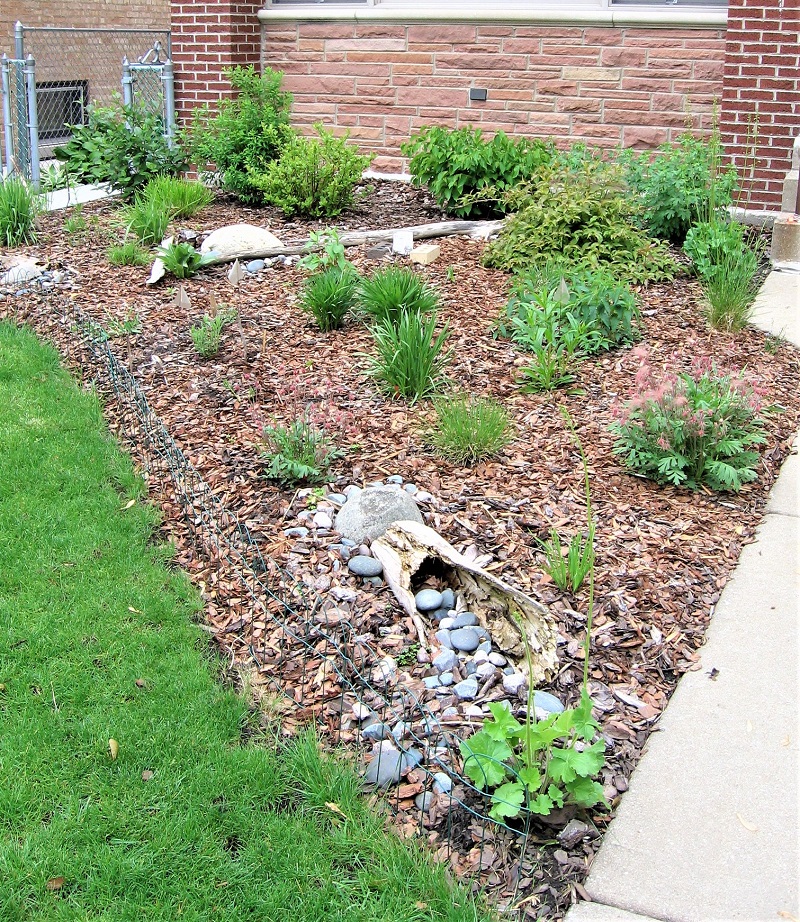
3. Design like nature.
Nature has an aesthetic all its own. Borrow patterns and features in the natural landscape and use them in your own garden’s design. Trees in the background become a canopy layer, allowing you to experiment with using shrubs in layers. The mulched areas beneath trees in a lawn can make room for native woodland shrubs as a middle layer. You can then grow native herbaceous perennials beneath.
Designers often talk in odd numbers. They love to plant in threes. In nature, smaller plants and grasses usually grow in a group. These groups are frequently repeated across a natural landscape. You can build on these natural patterns, arranging a theme that is more in keeping with nature’s purpose. Recurrent leaf structures, such as grasses clumped throughout the garden, allow the eye to rest as it views the garden.
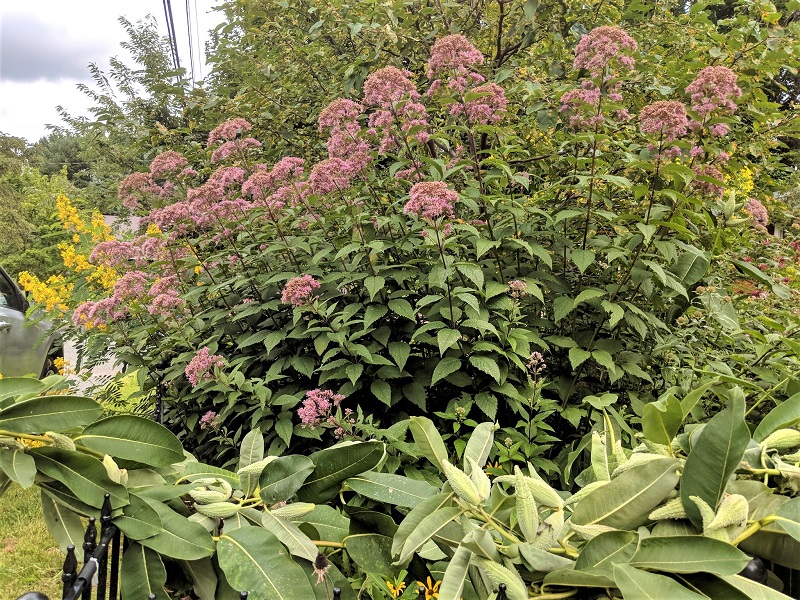
4. Highlight diversity.
Diversity is essential to the success of native plant species. Even within a single genus, the size and shape of flower parts can vary enough to appeal to an entirely different set of insects. However, the closer a variety is to nature’s version of each plant, the better.
Breeding changes made to please gardeners usually don’t get high ratings among pollinators. Often enough, experts will breed these plants to conform to certain standards, creating a uniformity that pollinators might find bland and uninteresting.
For instance, artificial leaf-color changes made in a cultivar from green to purple or red can be unpalatable to insects. Red and blue pigments, called anthocyanins, apparently do not taste as good as chlorophyll.
Try not to overlook foliage, as well. While flowers make a garden burst with color, foliage can provide striking contrasts and texture. This additional dimension draws attention to the area, inviting others into the garden for a closer look, especially during periods when flowers are not in bloom.
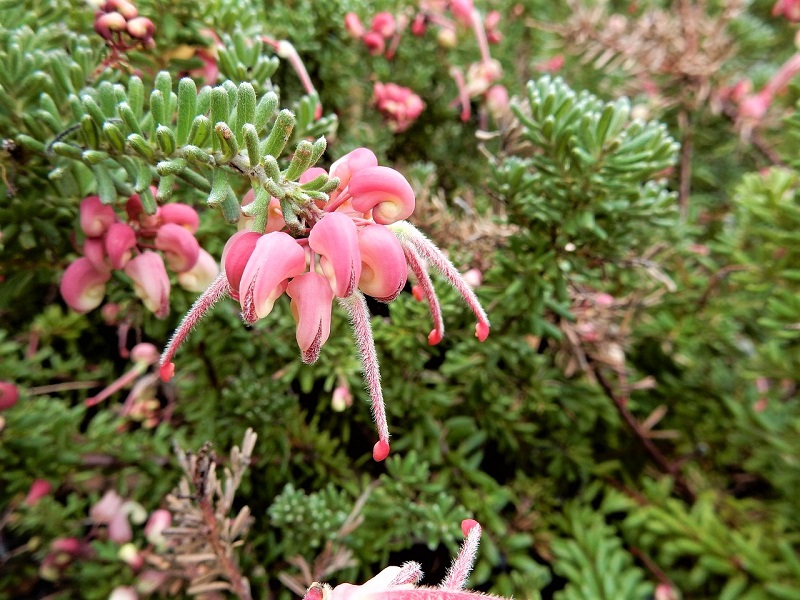
5. Manage your native plants appropriately.
Traditional gardening follows a set of seasonal routines that produce more or less foreseeable outcomes. While the same routines might apply with native plants, you should allow some trial and error every now and then. Don’t clean up too obsessively or too soon around native plants, especially in the spring and fall.
Beneficial insects and wildlife need leaf litter and other hiding places to overwinter and reproduce. With a plot or section of native plants, you can delay cutting back or pruning until late winter or early spring.
You can also attempt a happy compromise between horticulture and ecology here and there. For example, you can mulch in place. Cut four-foot stems into pieces and let them lie rather than carrying them away to the compost.
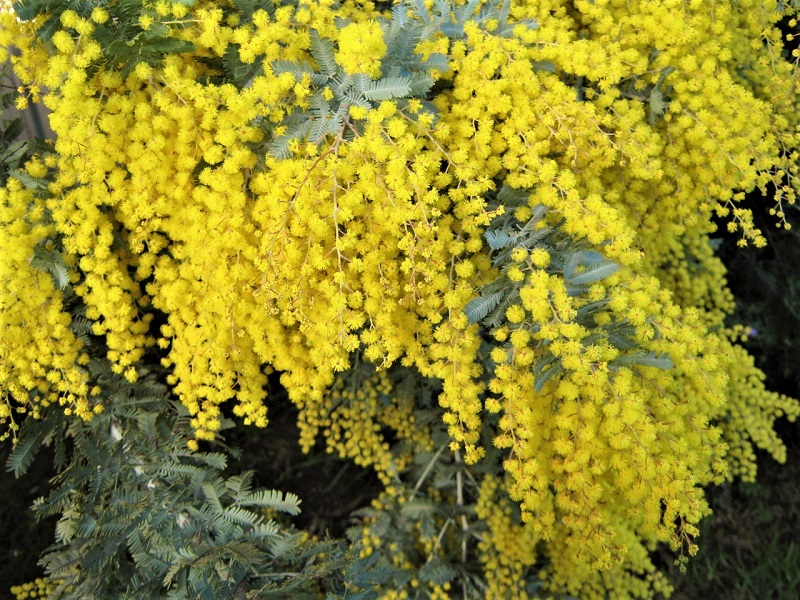
Gardening with Native Plants
Recreating and preserving natural ecosystems with native plants can – and should – complement landscape architecture. There will always be boundaries where nature, our food requirements, and the purely horticultural will converge. Not all times, places, and uses are suited to natural esthetics or maxims.
The value of growing native plants lies chiefly in expanding not only the receding frontiers of nature but our own spirits, as well.


